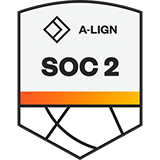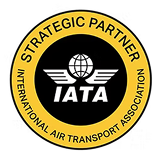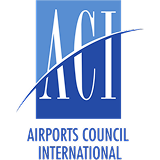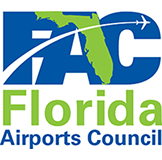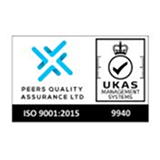What actually is Common Use and why do you need it?

A complete guide for airport decision makers
Behind the scenes, inefficient passenger processing is quietly draining millions from airport budgets each year. Static infrastructure, siloed systems, and underused equipment are often accepted as the norm, even though they limit capacity, flexibility, and commercial potential.
Airports continue to invest in dedicated check–in counters, boarding gates, and specialized hardware, much of which sits idle for long periods, taking up valuable space without generating revenue. In a world of rising passenger numbers, limited expansion opportunities, and mounting operational costs, airports need a smarter way to operate.
That smarter way is Common Use.
What is Common Use in Airports?
Common Use technology, or Common Use Passenger Processing Solutions (CUPPS) is the flexible and shared use of facilities that serves multiple stakeholders simultaneously with the purpose of supporting passenger processing optimization
Instead of each airline maintaining its own check-in desks, boarding gate systems, and equipment that sit idle much of the time, Common Use technology creates a shared environment where airports, airlines and ground handling agents can access the same hardware and software resources on demand.
CUPPS are built on globally accepted technology standards established by the International Air Transport Association (IATA). These standards ensure that CUPPS platforms are compatible across multiple airline systems and airport setups, allowing different users to switch seamlessly between software environments while using the same physical infrastructure.
With Common Use technology, check-in desks or kiosks are no longer dedicated to a single airline. Instead, they can be dynamically assigned to agents as they require. Airports can increase capacity by investing in the Common Use check-in desks and gate resources. This reduces downtime, eliminates underused space, and enables airports to scale operations with far greater flexibility.
AeroCloud Common Use Passenger Processing Solutions (CUPPS) allows the airport to take control of their space and provides airports, FBOs, ground handlers, and airlines with the tools needed to move passengers seamlessly from arrival to boarding. This solution enables airport stakeholders to share hardware and space, creating a more efficient and cost-effective passenger journey whilst enhancing the passenger experience.
Airlines benefit from reduced ground handling costs, the ability to operate from any kiosk instead of being locked into specific counters or gates. This flexibility is particularly valuable for airlines with seasonal routes or variable schedules as they don’t have to pay for dedicated equipment that is out of use in off-peak seasons. Airlines also have the flexibility to move locations if there is construction work or capacity issues in an area. New airlines can also start operation quickly as there are no hardware installation costs.
Ground handlers can serve multiple airlines more efficiently from shared workstations, reduce their equipment overhead, and offer more competitive pricing by using shared resources. Fixed Base Operators (FBOs) benefit from Common Use technology’s scalability, as they can serve both commercial and private aviation customers from a shared platform, from small private jets to large charter operations, without the cost of maintaining separate processing systems for each type of service.
Core Common Use Modules
1. Common Use eDesktop
AeroCloud’s eDesktop is a fully managed passenger processing platform. Fully IATA CUPPS compliant and certified, AeroCloud’s eDesktop enables multiple airlines to share the same equipment at check-in desks, boarding gates, and and other back-office locations without compromising performance, compliance, or security.
Instead of each airline relying on dedicated equipment and systems, eDesktop offers a centralized, virtualized desktop that can run all major Departure Control Systems (DCS), Windows, Android and any iOS devices deployed at your airport and supports a wide range of peripheral devices including printers, scanners and biometric readers. This enables seamless and secure switching between stakeholders at a single workstation, improving flexibility at check-in and boarding, especially during peak times or irregular operations.
Designed for quick implementation, eDesktop can be deployed using existing equipment and supports a straightforward integration path with DCS applications via an open API layer. The system also provides a web-based platform for real-time reporting, including desk usage, passenger flow, and device status. eDesktop is cloud-hosted and eliminates the need for on-site servers and complex local setups. The solution is hosted securely in AeroCloud’s data centers or from a physical PC desktop if prefered. The platform is remotely monitored and centrally managed by AeroCloud, significantly reducing IT overhead for both airports and airlines.
2. Electronic Departure Control System (eDCS)
Electronic Departure Control System (eDCS) is a core software platform that airlines and ground handlers use to manage all passenger and flight operations from check-in through departure. Think of it as the central nervous system for airline operations at an airport. AeroCloud’s eDCS is a low-cost, user-friendly Departure Control System that includes modules for all standard airport processing functions.
AeroCloud’s eDCS is designed to handle all airport processing tasks with flexibility and ease. This feature-rich platform enables airport staff to manage arrivals and departures efficiently and reliably to keep operations moving smoothly. AeroCloud eDCS includes the following features:
- Passenger Check-In & Boarding
- Bag Tag Printing
- Passport Scanning
- Flight and System Admin Control
- Weight and Balance
- Baggage View
- Service Desk Payment
- Flight Watch
AeroCloud’s eDCS supports the full suite of all IATA message types via TTY, email, and free-text messages. It’s compliant with UK IAPI standards and integrates with global messaging systems through established MQ links. The system also supports mobile check-in via Android and iOS apps, requiring only a Wi-Fi or 3G connection making it ideal for off-site processing and on-the-go staff.
eDCS integrates with self-service kiosks for check-in and bag tag printing to improve passenger flow. These kiosks can be strategically deployed throughout the terminal to maximize accessibility and airline coverage. For even greater flexibility, portable mobile carts and handheld devices can enable remote check-in and boarding.
AeroCloud’s eDCS is efficient, intuitive and unmatched adaptability. Designed to reduce costs and scale with your airport, this system meets the needs of growing modern airports while enhancing the passenger journey at every touchpoint. It gives airport operators the tools they need to respond to fluctuating demands, optimize their resources, and deliver better experiences for passengers.
3. Security Scanning Solutions (eScan)
Escan (electronic security scanning software) provides passenger verification and tracking using boarding passes and travel documents at various security touchpoints throughout an airport terminal, ensuring each traveler is authenticated and authorized throughout their journey. By validating boarding passes against a central database, including checks for duplication, flight schedule accuracy, and optional Airline DCS integration, eScan ensures only eligible passengers proceed through each stage of the terminal. This system timestamps at each security touchpoint provide an auditable trail and build a real-time picture of passenger movement throughout the terminal, from check-in to gate boarding.
One of the standout features of AeroCloud eScan is its real-time flight schedule validation. With real-time data and operational use history, airports are able to build a picture of the full passenger journey to provide a real-time overview of airport terminal operational and expected passenger flows, reducing bottlenecks and queues.
With dashboard reporting and journey tracking, airport operations teams can monitor terminal flow patterns, identify congestion areas, and make data-driven adjustments in real time. This integration with AeroCloud’s broader Common Use suite including eDCS and eDesktop platforms to ensure full passenger journey visibility, from curb to gate.
4. Common Use Self-Service Solutions (CUSS)
Common Use Self-Service (CUSS) is the shared self-service kiosks and stations that multiple airlines can use interchangeably, allowing passengers to check in, print boarding passes, and handle other travel tasks without dedicated airline-specific equipment. Previously, each airline operated its own branded kiosks, whereas Common Use shared kiosks can serve passengers from any airline, switching between different airlines as needed. CUSS empowers passengers to manage their own check-in experience, providing better passenger autonomy and reducing reliance on staffed desks. From check-in to bag tag printing, passengers can complete key processing steps quickly and independently—freeing up valuable airport staff for more complex tasks.
AeroCloud kiosks come standard with a full suite of features to streamline the passenger journey:
- Passport readers
- Bag tag and receipt printers
- Payment modules
- Frequent flyer card readers
CUSS kiosks are ideal for airport’s with growing passenger volumes. AeroCloud’s CUSS kiosks are built for flexibility and fits seamlessly into existing layouts without disrupting passenger flow. Kiosks can be deployed as standalone units or integrated into single- or multi-step bag drop processes, offering full configurability based on your airport’s unique needs. AeroCloud kiosks are manufactured on-demand in the UK through trusted partners, enabling bespoke modifications to suit any airport’s specific deployment environments. From branding to functionality, each kiosk is tailored to fit the operational and aesthetic goals of your facility.
By shifting routine processing tasks to self-service, airports can significantly reduce queues at traditional check-in desks and bag drops. This not only improves resource efficiency but also allows better space utilization within the terminal. CUSS enables smarter staff allocation and gives your airport the agility to handle fluctuations in passenger volumes without added infrastructure.
Real-World Implementation: Customer Case Studies
AeroCloud’s Common Use systems are designed for rapid deployment and minimal disruption. With a modular, cloud-native platform, airports can integrate CUPPS without interrupting day-to-day operations, even during peak periods. London Luton Airport’s legacy systems were no longer capable of meeting the needs of its growing passenger volumes and evolving operational demands. The outdated technology lacked the flexibility and efficiency required to support the airport’s ambitious growth strategy. Crucially, any new solution had to be deployed without disrupting daily operations, even during peak periods like the half-term holiday, one of the airport’s busiest times of year. London Luton Airport selected AeroCloud to implement its Common Use Passenger Processing System (CUPPS). In 2024 alone, AeroCloud processed 243 million passengers across its platforms, providing Luton with the confidence to entrust its 17 million annual passengers to our system.
Sarasota Bradenton International Airport (SRQ)’s passenger numbers grew significantly during the period of the COVID-19 pandemic, which saw its all-time passenger traffic record broken several times. As demand for air travel surged, SRQ’s team’s workload also increased since they were heavily reliant on manual processes. To address rising passenger numbers and operational pressure, SRQ deployed AeroCloud CUPPS as part of its shift to cloud-based automation. CUPPS allowed the airport to maximize check-in space and enable any airline agent to process any passenger, enhancing flexibility for airlines, ground handlers, and security teams. The cloud-native system eliminated the need for costly on-site hardware, reduced maintenance demands, and provided a scalable solution as SRQ grew from 1.2 million to 4.3 million passengers without the need for physical expansion.
Why does your airport need Common Use?
Common Use Passenger Processing Solutions (CUPPS) aren’t just a technology upgrade. With increasing passenger volumes, infrastructure limitations, and rising operational costs, airport decision-makers need smart, scalable solutions.
Passenger Experience Enhancement
Passenger processing is key to ensuring a smooth airport experience. It helps reduce wait times, improves security, and keeps things moving efficiently from check-in to boarding.
Today’s travelers expect speed, autonomy, and convenience. AeroCloud CUPPS empower airports to deliver frictionless passenger journeys by automating check-in, bag-drop, and boarding through a secure, efficient platform. This eliminates traditional bottlenecks and helps keep passengers relaxed, on time and more likely to choose your airport in the future. By improving processing speed and equipment utilization, Common Use systems help eliminate congestion, long queues, and reduce the time spent waiting. This improved passenger flow means passengers spend less time at counters and more time enjoying the airport’s facilities, from duty-free to lounges.
Common Use Systems like AeroCloud’s eScan integrate seamlessly into the journey, verifying passengers across multiple touchpoints and syncing with real-time flight data. This ensures that speed doesn’t come at the expense of security or compliance. Whether it’s kiosks, mobile carts, or automated boarding gates, Common Use infrastructure supports a variety of self-service options. Passengers benefit from choice and control while your staff can focus on more important tasks and services rather than routine transactions.
Airports that offer a faster, smoother journey are more likely to win airline partnerships and attract repeat travelers. Passengers are also more inclined to choose your airport for future travel when the process is easy, fast and intuitive. From a commercial standpoint, smoother passenger journeys will directly increase the time spent at the departure lounge. More dwell time in retail and duty-free zones translates to increased non-aeronautical revenue. A seamless experience isn’t just good service, it’s good business.
Financial Benefits
Traditional passenger processing often requires each airline to maintain its own dedicated hardware and software. This leads to costly duplication of check-in desks, boarding gate equipment, and IT infrastructure. Common Use solutions can significantly reduce capital expenditure on hardware and peripherals. Stakeholders share hardware including desks, printers, kiosks, and more across airlines, which significantly reduces capital investment needs. Instead of investing in additional terminal space or expensive infrastructure expansion, airports struggling to keep up with growing passenger numbers can scale efficiently using shared systems. In many cases, this approach even removes the need for terminal extensions altogether.
Less hardware also means less maintenance costs for stakeholders. Power consumption is reduced, maintenance contracts are minimized, and support overheads are streamlined. Airlines will benefit by avoiding the need to manage on-site equipment and connectivity, while airports and ground handlers see reduced operational costs with centralized, cloud-hosted systems like AeroCloud’s eDesktop.
With CUPPS, airports can dynamically allocate check-in desks, kiosks and gates/stands to different airlines based on demand. The flexible and shared use of facilities optimizes the use of existing terminal space, reduces congestion and can even accommodate more flights and passengers without physical expansion.
Airports investing in Common Use systems like AeroCloud CUPPS consistently report strong returns on investment. By reducing operational and capital expenditure, AeroCloud CUPPS delivers tangible savings for London Luton Airport (LTN) while supporting its goals to handle more passengers without costly construction. Over time, these efficiencies deliver long-term financial sustainability for airports like Luton Airport.
Operational Advantages
Common Use systems allow multiple airlines to run using the same facilities. That means any desk, gate, or kiosk can support any airline at any time. This flexibility ensures smoother operations during peak periods, irregular operations, or when accommodating seasonal carriers. AeroCloud’s IATA-compliant technology means that switching between airline Departure Control Systems (DCS) is seamless. Ground handlers and airline agents can log in with one click from any shared terminal, minimizing delays, reducing setup time, and ensuring fast responses to any operational changes.
Coordinating resources through a central system enables airports to schedule and allocate resources more effectively. Airports are able to handle higher passenger volumes efficiently without overstaffing or underutilizing resources and infrastructure. With streamlined systems and reduced dependency on manual processing, check-in and boarding queues are shorter for passengers. That means faster processing and reduced stress for airport staff.
Ready to transform your airport with common use?
Early adoption of AeroCloud Common Use Passenger Processing System (CUPPS) gives airports a clear competitive advantage by enabling rapid scalability, operational flexibility, and cost efficiency ahead of growing demand. By implementing a future-ready, cloud-based solution now, airports can optimize space, streamline passenger processing, and respond more effectively to fluctuations in traffic—all without heavy investment in infrastructure. This proactive approach positions early adopters to attract more airline partners, enhance the passenger experience, and stay ahead of regulatory and industry shifts.
Want to take the next step? Book a personalized demo with us to see AeroCloud CUPPS in action.





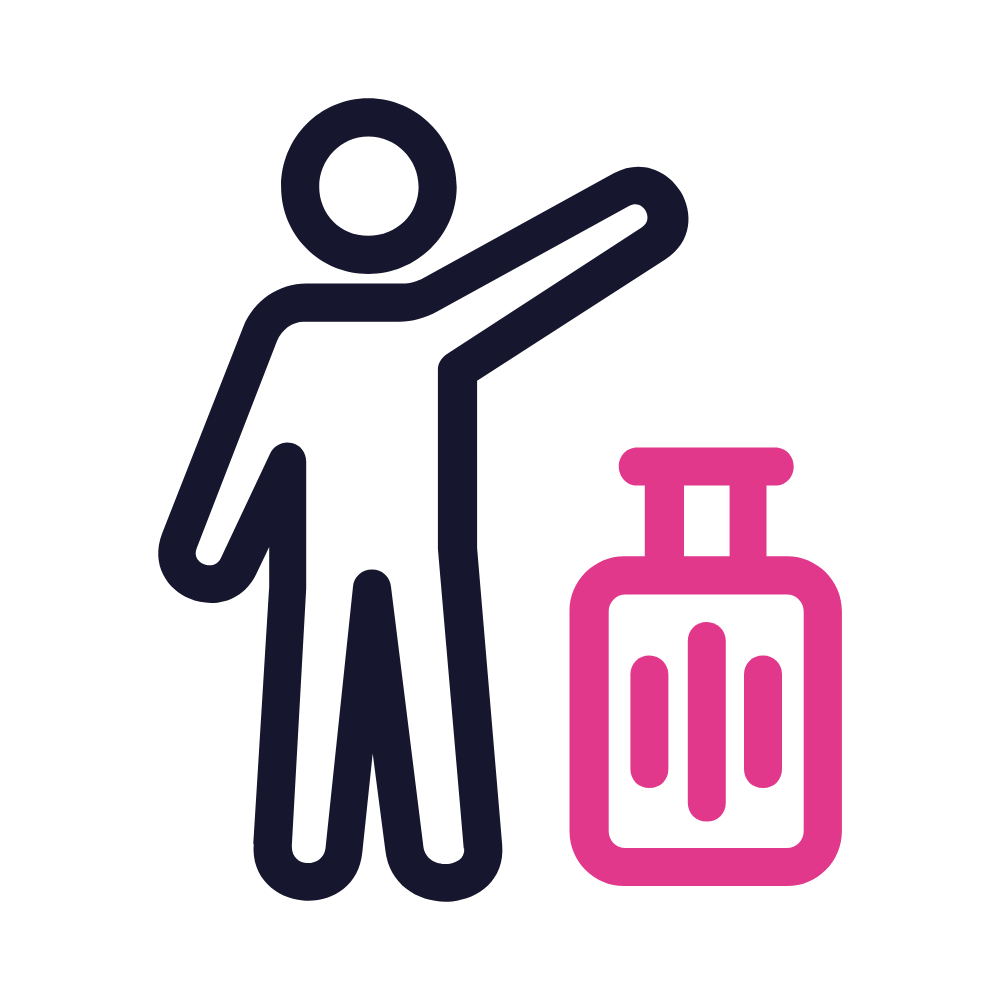

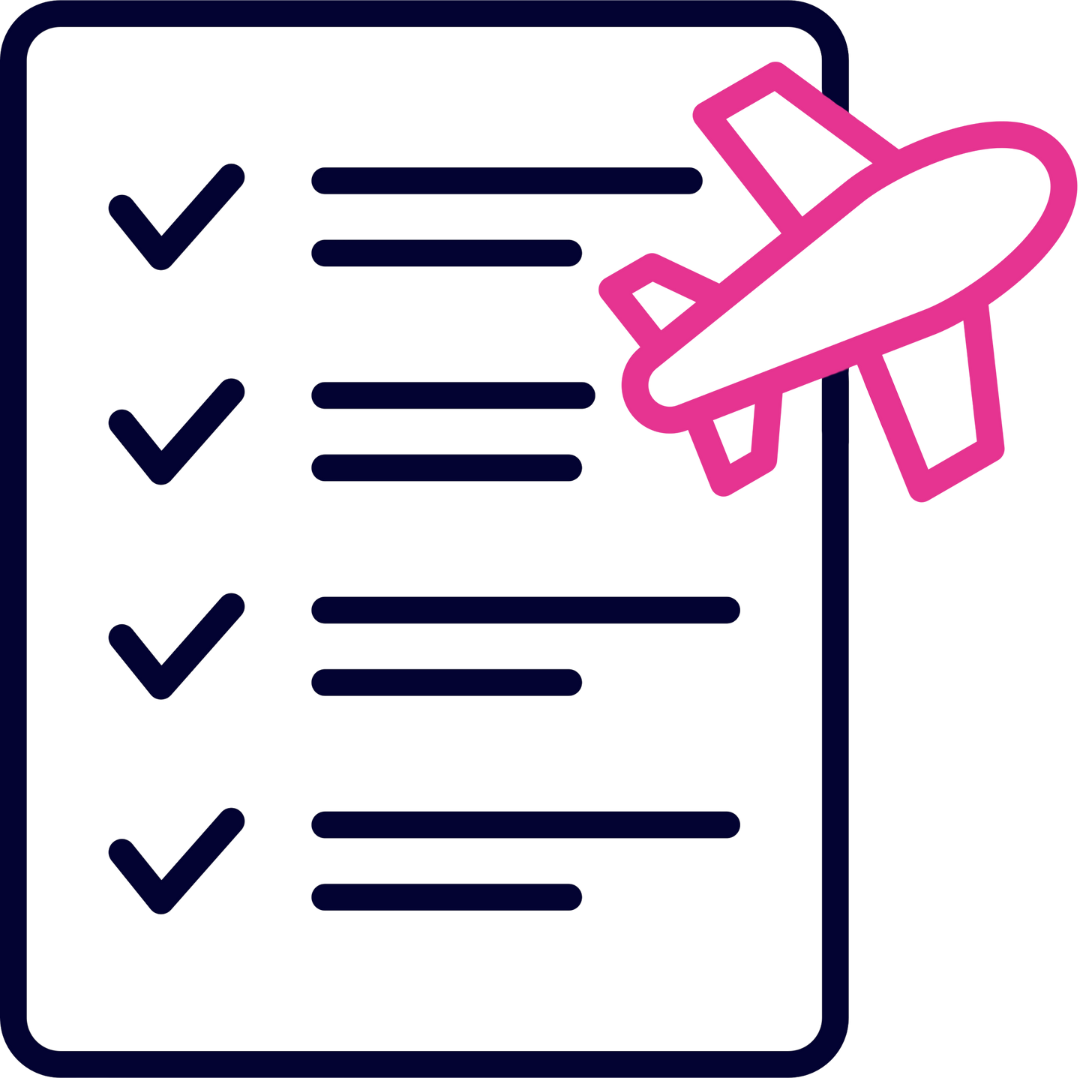

 28th October 2025
28th October 2025 

